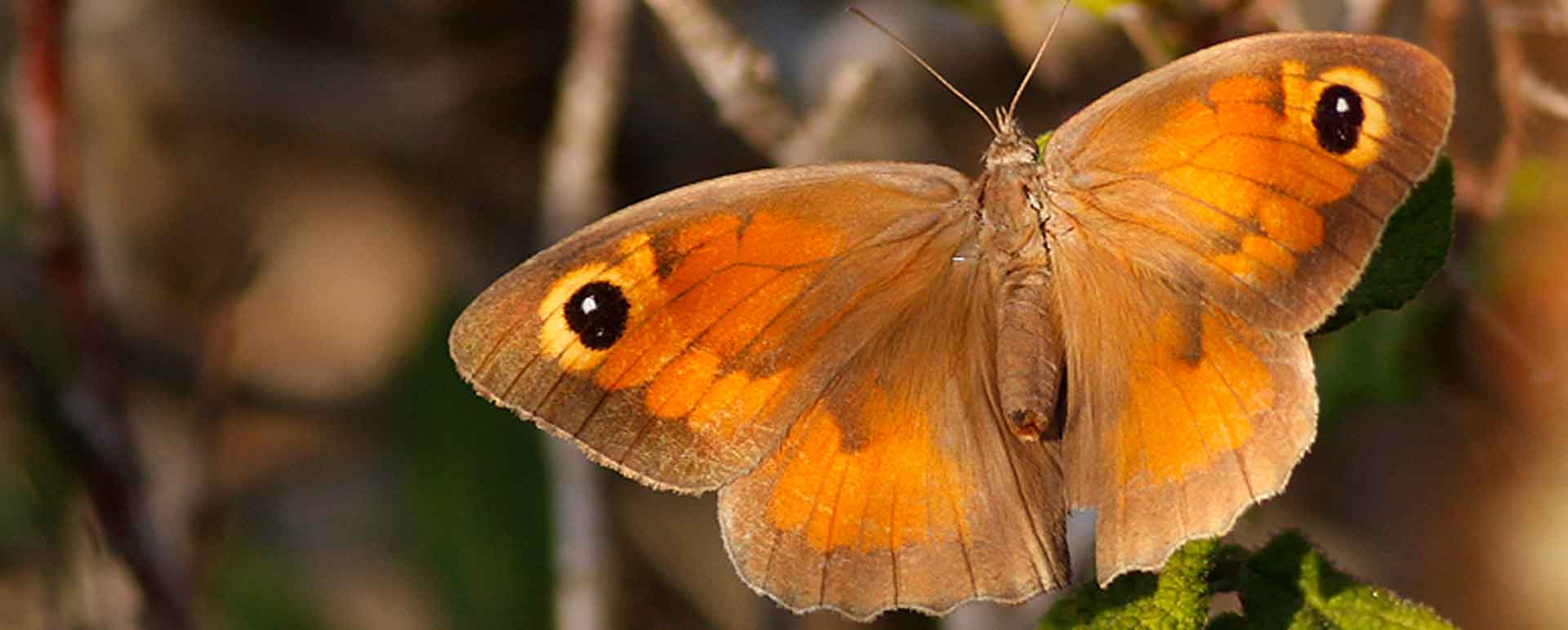The Maniola Cypricola Butterfly
The Maniola Cypricola butterfly, also known as the Cyprus meadow brown, is a beautiful species of butterfly found in the Mediterranean region. With its distinctive orange and brown wings, this butterfly is a sight to behold as it flutters through the meadows and grasslands of Cyprus.
The Maniola Cypricola butterfly is a medium-sized butterfly, with a wingspan of around 5-6 centimeters. Its wings are a rich, warm orange colour, with dark brown markings and a series of eye spots along the edges. These eye spots are thought to be a defence mechanism, deterring predators by mimicking the eyes of a larger animal. The underside of the wings is a more muted brown colour, providing camouflage when the butterfly is at rest.

The Maniola Cypricola Butterfly Habitat
This species of butterfly is commonly found in open grassy areas, including meadows, pastures, and roadside verges. It is particularly abundant in the spring and early summer, when the wildflowers are in bloom and the grass is lush and green. The Maniola Cypricola butterfly is a strong flier, and can often be seen flitting from flower to flower, sipping nectar with its long, curled proboscis.
The life cycle of the Maniola Cypricola butterfly begins with the female laying her eggs on the leaves of grass and other low-growing plants. The eggs are small and round, and are usually laid in clusters of 10-20. After a few days, the eggs hatch into tiny caterpillars, which immediately begin to feed on the leaves of the host plant. As they grow, the caterpillars malt several times, shedding their old skins as they outgrow them.
After a few weeks of feeding and growing, the caterpillars enter the pupal stage, forming a chrysalis in which they will undergo metamorphosis. Inside the chrysalis, the caterpillar transforms into a butterfly, a process that takes around 10-14 days. When the transformation is complete, the adult butterfly emerges from the chrysalis, ready to take flight and begin the cycle anew.
An Important Role in Its Ecosystem as a Pollinator
The Maniola Cypricola butterfly plays an important role in its ecosystem as a pollinator. As it feeds on nectar, the butterfly inadvertently transfers pollen from one flower to another, helping to fertilize the plants and ensure their continued reproduction. In this way, the butterfly contributes to the health and diversity of the meadows and grasslands in which it lives.
Threats to its Survival Due to Loss of Habitat
Unfortunately, like many species of butterflies, the Maniola Cypricola butterfly faces threats to its survival. Loss of habitat due to agricultural development, urbanization, and climate change is a major concern, as it reduces the availability of suitable breeding and feeding grounds for the butterfly.


Pesticide use and pollution also pose significant risks, as they can harm the butterfly directly or reduce the availability of its food sources.
Habitat Restoration Efforts Are Underway
Conservation efforts are underway to protect the Maniola Cypricola butterfly and other species of butterflies. These efforts include habitat restoration, public education and awareness campaigns, and the establishment of protected areas where butterflies can thrive. By working together to preserve the natural environments in which these beautiful creatures live, we can help ensure that future generations will continue to enjoy the sight of the Maniola Cypricola butterfly as it flutters through the meadows of Cyprus.


